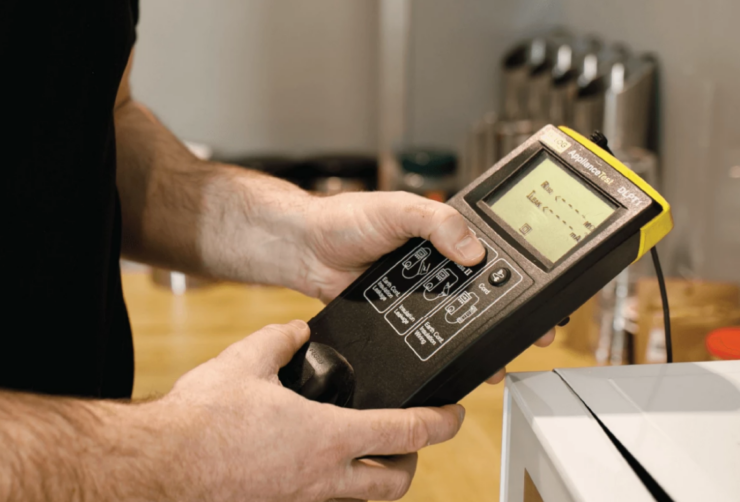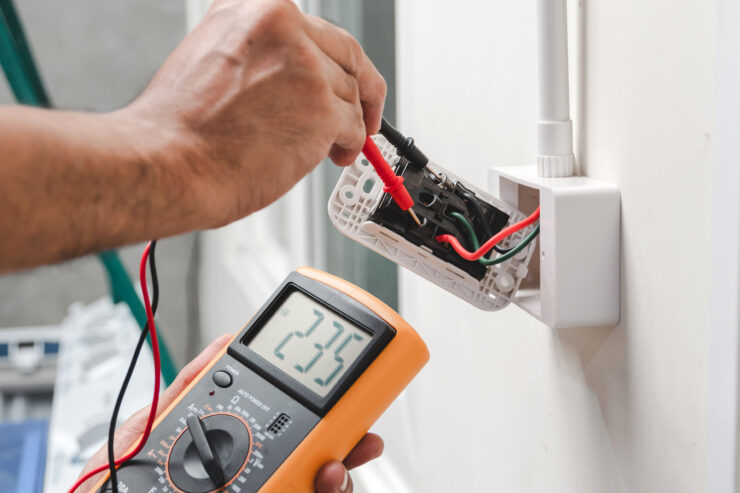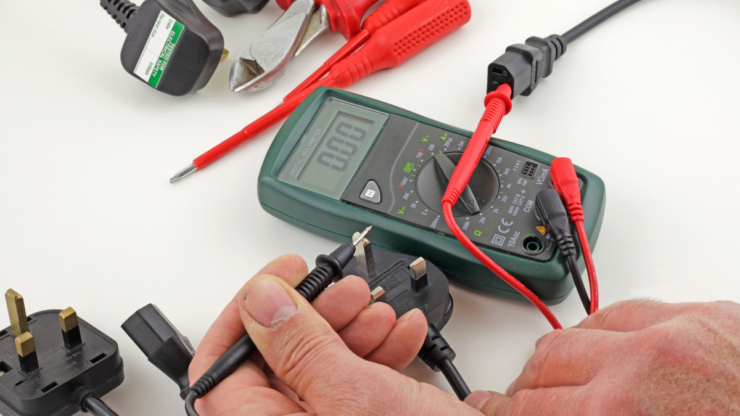The onset of the pandemic redefined how businesses view the concept of working from home. What was earlier a rare privilege in some corporations has now become the norm for many. With multiple organizations shifting their operations to their employees’ homes, upholding their safety becomes more crucial.
One such common safety practice is PAT testing or portable appliance testing: a process testing the safety and operation of portable electrical appliances. Amidst the transition to home offices, many employers are still wondering if PAT testing for home appliances is the new policy. The article explores the nuances of the PAT procedure and examines its validity under the increasingly popular work-from-home guidelines.
Page Contents
What Is PAT Testing
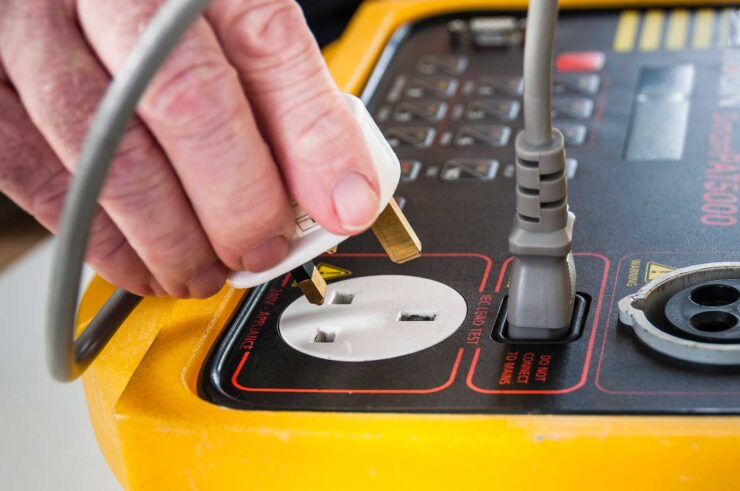
Portable Appliance Testing or Electrical Equipment Testing, under new nomenclature, seeks to test the safety of electrical appliances used in an office or at home. The process involves a series of simple tests which confirm the device’s functionality.
These tests become necessary when visual inspection alone cannot identify the defect. Trained professionals who understand the devices and their functions usually conduct the examination. Appliances like laptops, lamps, printers and copy machines are all applicable to be tested through PAT.
A standard PAT test establishes an appliance’s safeness based on the following parameters:
- Insulation resistance
- Polarity
- Power leakages
- Earthing of wires
- Fuse systems
- An appliance that fails these tests can be deemed hazardous and sent for replacement or repair.
Importance Of PAT
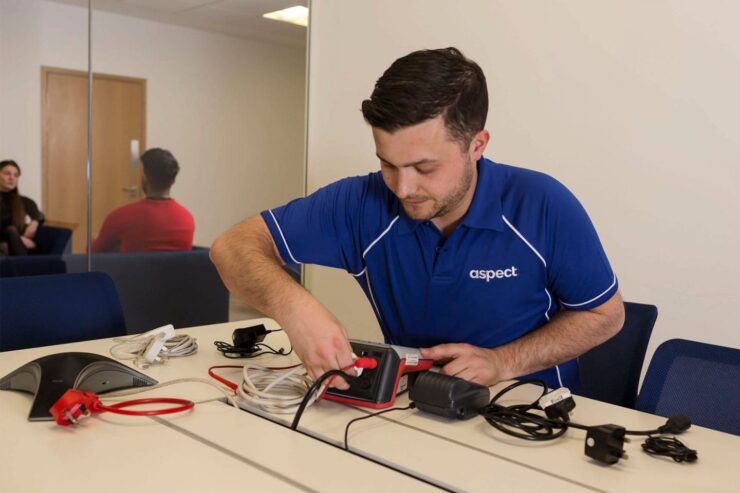
Apart from ensuring the workplace’s safety, conducting PATs is part of the employer’s legal duties towards their employees. The Health and Safety at Work Act of 1974 deems that all businesses should employ practical measures to ensure employees’ health, well-being and safety. Additionally, the Management of Health and Safety at Work Regulations released in 1999 require employers to conduct sufficient and regular risk assessments to maintain the overall security within the office.
These measures include ensuring that all appliances within the workplace are safe to use and won’t cause damage to the employees or the workplace. While PAT alone isn’t a legal requirement, it is a means to fulfil several necessary sanctioned obligations of the employer.
PAT And Responsibility
Naturally, it is the employer’s responsibility to ensure the conduction of frequent PAT tests to uphold the safety of the employees. Based on the type of equipment used and its potential safety hazards, businesses should arrange for regular tests that verify the harmlessness of their appliances.
On the other hand, an employee’s responsibilities include keeping an eye out for openly visible defects in appliances and reporting the same to the manager. An employee must fully understand the purpose of an electrical accessory and use it in a controlled and acceptable manner. A well-trained employee must always be on the lookout for potential safety hazards in the office and bring them to the employer’s notice at the earliest.
PAT Testing For Home Workers
Under the new work-from-home guidelines, many concepts followed in traditional offices no longer share the same priority. However, the safety and well-being of employees is a non-negotiable responsibility on the employer’s part.
As a business owner or manager, it is up to you to ensure that your employees work in a hazard-free environment even from home. Conduction of PAT tests at their homes and ensuring the electrical viability of their appliances is one way to achieve this.
However, the ways to conduct PAT tests at home will fundamentally differ from how they were conducted at work. For starters, most home workers don’t use heavy or damage-prone appliances like copy and fax machines. Consequently, many employers falsely assume that electrical testing is no longer necessary.
But threats of electric shock and electrocution are posed even by the simplest of electrical appliances. Additionally, homes are not electrically calibrated like offices, and threats of circuit shortages and power overloads are more common. Therefore, while extensive testing by professionals may not be practical, PAT testing to some degree is essential for employees working from home.
Conducting Effective PAT Tests At Home
An effective way to conduct simple home PAT tests is by providing the employees with adequate training involving the operation and management of certain electrical appliances. Businesses should ensure that employees are trained to at least identify visual defects in an appliance, which in turn can prevent damage and safety hazards at a later stage.
Employees should also be provided with the tools to conduct efficient testing of electrical appliances. Simple equipment such as Pass/Fail PAT testers in the hands of heavy machinery operators can help verify the safety of class 1 electronics.
For businesses relying heavily on electrical appliances, it is wise to hire external PAT testers to conduct home visits and verify the safety of the equipment. These skilled professionals are adept at testing equipment ranging from 5amp to 63amp, Powercon, Socapex Single, and 3-phase appliances.
Frequency Of PAT Testing
There are no legal guidelines underlining the frequency of testing portable appliances. However, such tests should be conducted annually or semi-annually based on the type of equipment and its daily usage.
If the employee notices any discrepancy in the function of the appliance or any physical damage, they should immediately stop using it, disconnect the appliance and inform the employer. In such cases, a PAT test should be conducted immediately.
Wrapping Up
As an employer, upholding the safety and well-being of your employees is the number one priority, irrespective of where they work. While no stringent laws compel businesses to conduct regular PAT tests, it is the moral duty of the employer to protect their workers. A series of simple tests could make the difference between life and death.

